Tesla wins lawsuit over accident caused during use of Autopilot
Justine Hsu, a resident of Los Angeles, sued Tesla in 2020. She alleged that her Tesla Model S swerved into a curb while on Autopilot , and an airbag was deployed, causing injuries to her leg and foot. The case went to trial in California in April 2023, where a jury found that Tesla's Autopilot feature did not fail in the crash, and awarded no damages to Hsu. This was considered a sweeping win for Tesla in this particular case.

Prosecuted by a driver after her car invaded the construction site of a street, Tesla won last Friday 21 the lawsuit in which it was accused of failure in the autopilot system of one of its vehicles. The outcome could guide similar cases that are running in American courts.
Justine Hsu, a resident of Los Angeles, California, sued Elon Musk’s company after her car, a Tesla Model S, swerved into a construction site while with Autopilot on. Thanks to the shock, the car’s airbags were activated, causing a fracture in Hsu’s jaw, the loss of a tooth and damage to nerves located in the face.
With the allegation of defects in the autopilot system and the airbag, the plaintiff asked in court for more than $ 3 million in compensation – more than $ 15 million in direct conversion.
In response, Tesla denied responsibility for the crash and claimed that the user made use of the autopilot mode within the city, although the vehicle’s manual discourages such use.
After a 3-week trial, where 3 Tesla engineers were heard, the superior court of the city of Los Angeles gave the verdict that the company was not at fault for the accident, and that in addition to the contraindicated use of Autopilot in the city by Hsu, the airbags did not fail to function safely.
With the closure of the case, experts say that the action can guide similar processes and even indicate how later cases will be, but that it will not necessarily be decisive.
“When there are fatalities involved and on highways, the jury’s perspectives may be different,”
said Raj Rajkumar, a professor of electrical and computer engineering at Carnegie Mellon University.
Despite getting the better of it in the process, Tesla’s future is still uncertain, as people may end up realizing that embedded technology is still a long way from making the company’s cars fully autonomous ; even if Elon Musk has been promising it for years.
Currently, Tesla cars have three autopilot modes, with Autopilot, cited in the article, being the most basic among them.
Neither mode is completely autonomous. They are differentiated, basically, by the additional price in the purchase of the vehicle, reaching to cost more than $ 10,<>, and the level of autonomy, with promise for the future of being able to take passengers from one point to another without any intervention of the driver.
More Information ℹ
One comment
Comments are closed.
Be polite and constructive with your point.

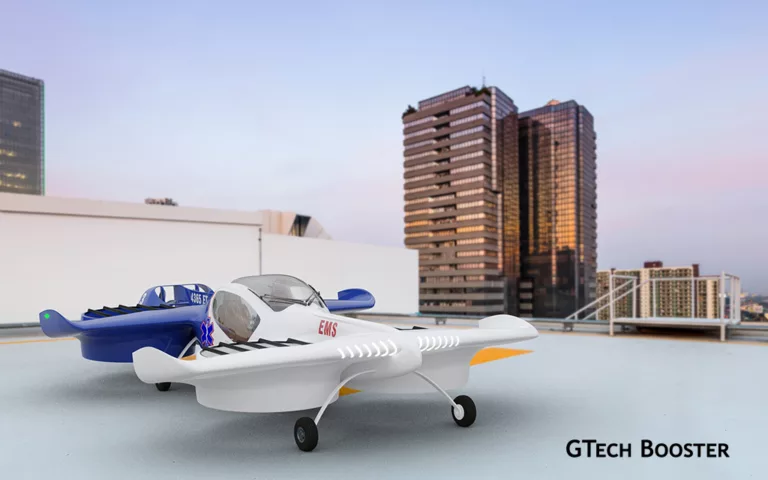


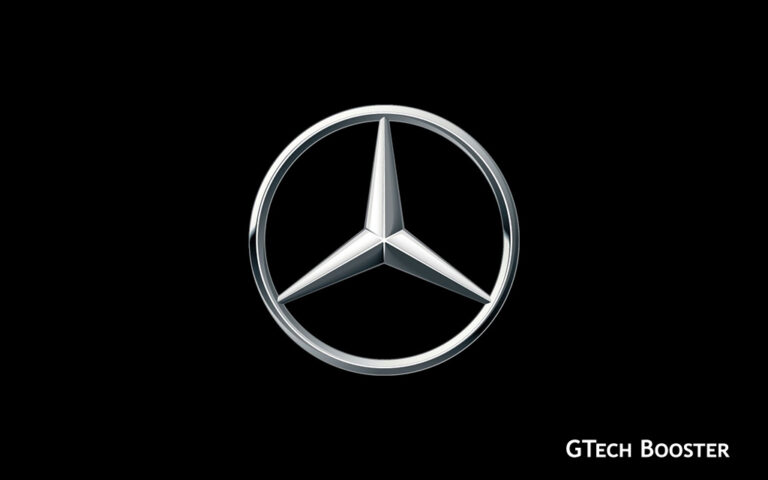
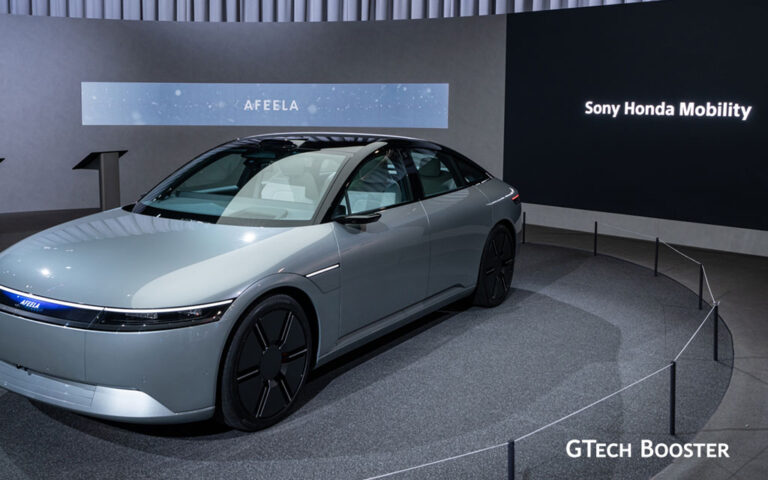


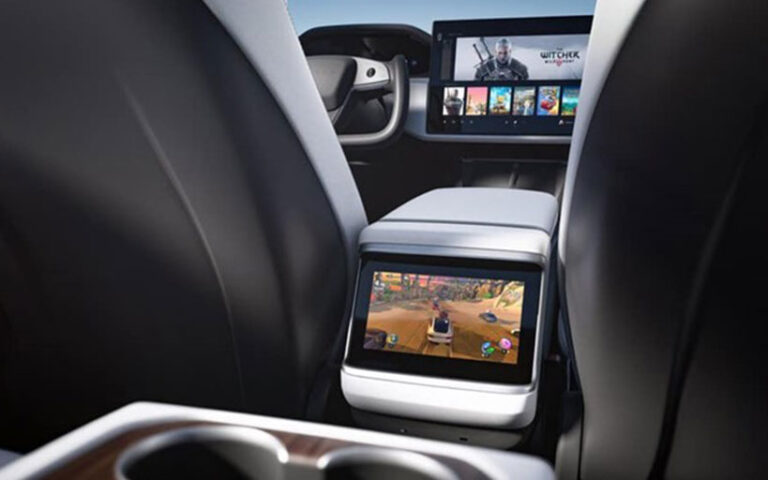



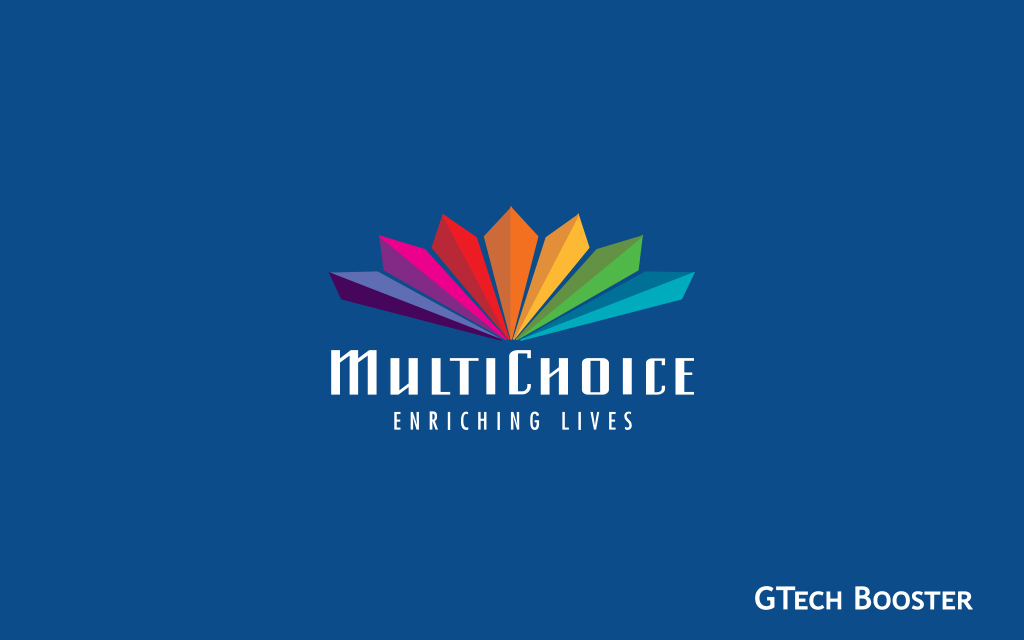

This may be a bad precedent but an avenue to allow innovation of the tech